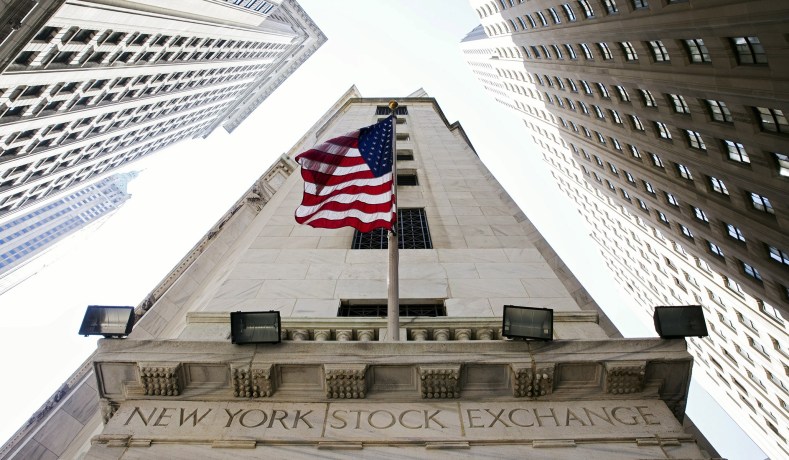
As the stock market rallied in April and May, there was a great deal of handwringing about the apparent disconnect between financial markets and the real economy. With soaring unemployment claims and mass business closures, the S&P’s upward march appeared preposterous.
“Have the Record Number of Investors in the Stock Market Lost Their Minds?” asked John Cassidy at The New Yorker. Cassidy and others attributed the rally to a spike in retail volume. People bored at home injected a bunch of “dumb money” into the market, pushing up the prices of high-profile tech stocks like Tesla.
Seasoned market hands suggested the rally was driven by irrational exuberance. Legendary macro investor Stanley Druckenmiller said that “the risk-reward for equity is maybe as bad as I’ve seen it in my career,” and Warren Buffett sold stocks during the rally in April.
One theory was the financial markets had become disconnected from the real economy entirely. Tech stock have led market returns for years, and a consumer at home is still a consumer. He still makes Amazon orders and goes on Facebook, and the congressional stimulus drove incomes up during the economic shutdowns, so socially distanced consumers still had money to spend.
Meanwhile, the Fed’s massive bond-buying program shored up corporate balance sheets, even for some risky high-yield companies. These lending facilities precluded the mass bankruptcies that some market watchers had predicted. Loan programs also buoyed employment. As of May 30, banks had disbursed $510 billion in loans as part of the Paycheck Protection Program. Companies receiving PPP loans are required to spend 75 percent of the funds on payroll, and qualify for loan forgiveness if they retain 90 percent of their workers. The Fed’s corporate-lending facilities include similar provisions on workforce retention.
Which brings us to today’s Bureau of Labor Statistics employment report showing a 2.5 million increase in jobs. Given the unprecedented stimulus, it makes sense that employment did not continue to nosedive. But it wasn’t just the government bolstering the economy. As states reopened in May, temporarily furloughed leisure and hospitality workers went back to work. It remains to be seen whether the summer will bring more good news. The pandemic could very well alter consumption patterns, and loan forbearance has generated a short-term liability overhang that could put a drag on economic growth.
But the past few months have shown that markets are smart.


.jpg?fit=60,42&ssl=1)



